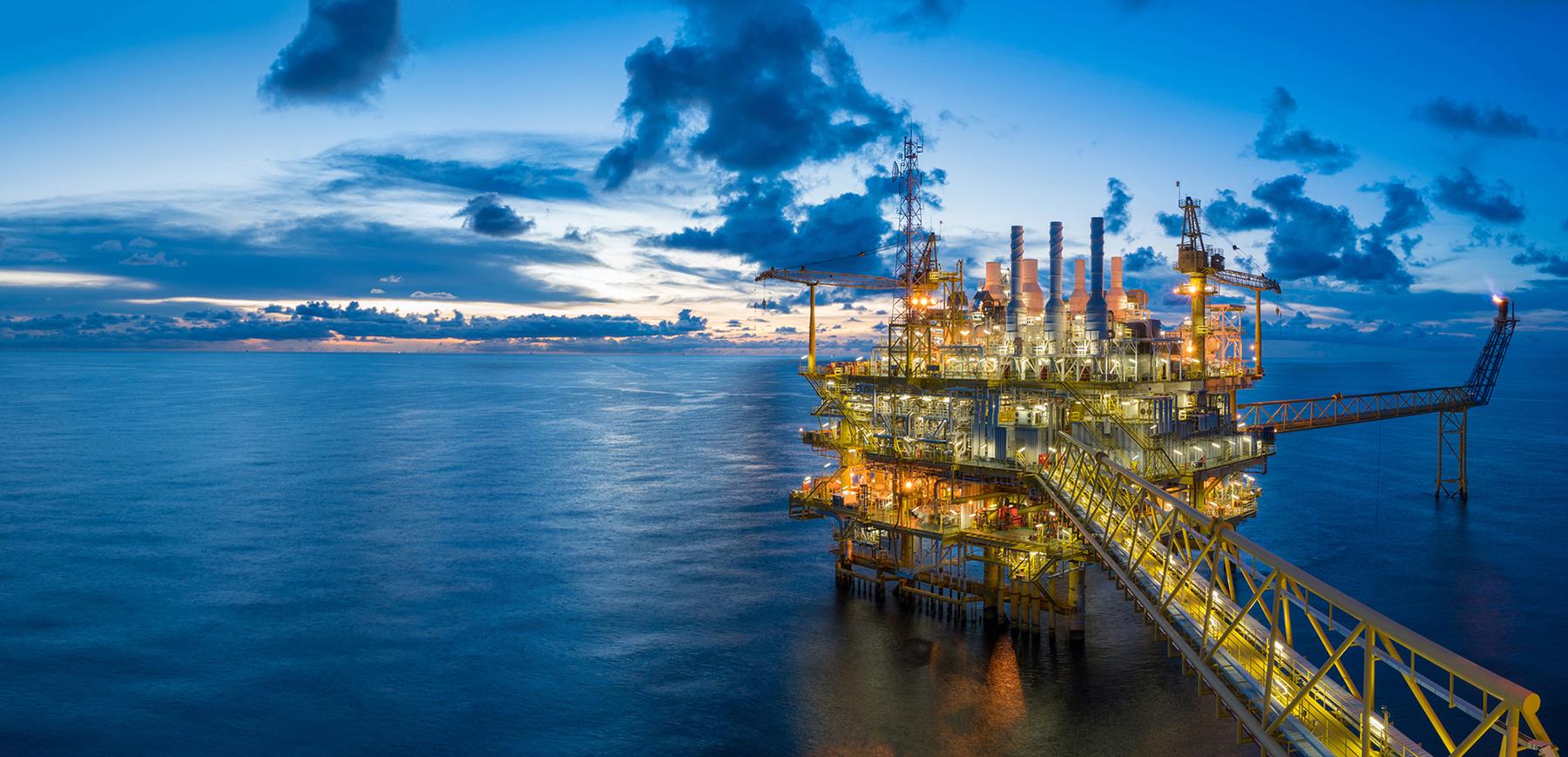Rawwater, the UK-based oilfield services specialist, has used its considerable knowledge of reservoir souring forecasting to provide a leading operator with savings estimated to exceed $100 million.
Wanting to determine the likelihood of sour gas production from one of its West African offshore assets, the operator was concerned that the platform had been set up for sweet service. Believing it would be unable to receive sour fluids from the field, the operator had been advised that the installation of a sulphate removal plant (SRP) was needed for oilfield souring control.
Image © Pichit Boonhuad | Dreamstime.com
As all oilfield reservoirs have different souring propensities, reservoir souring forecasts are critical for optimised, cost-effective treatment. By applying its DynamicTVS© (TVS = thermal viability shell) souring forecasting model, Rawwater was able to demonstrate that the relatively high reservoir P/T (pressure/temperature) conditions found within the formation would mitigate the likelihood of oilfield reservoir souring. Accordingly, the oilfield operator was confident that the installation of a sulphate removal plant was not required for downhole souring control, with resultant savings predicted to be in excess of $100 million.
Corroborating the results
Using asset field data, Rawwater’s DynamicTVS© model established that the downhole field and injection conditions present within the formation would not support the generation of a competent thermal viability shell (TVS or ‘downhole bioreactor’), and would therefore not support the production of significant levels of microbiological sulphide. Upon delivery of the work package to the operator, laboratory studies were commissioned and engineered to simulate the downhole field conditions and confirm the output of the souring forecast. A 12-month pressurised bioreactor study was then completed, during which the following three pressurised bioreactors were run:
Bioreactor A: 7,000psig, 24°C
Bioreactor B: 7,000psig, 95°C
Bioreactor C: 1,000psig, 24°C
Bioreactors A and B (simulating the near wellbore of the injector and deep reservoir conditions respectively) did not support significant microbiological sulphide production over the course of the study. These results corroborated the original Rawwater souring forecast. Through the operation of Bioreactor C, it was determined that the crude oil could only support significant microbiological sulphide production under the relatively low pressure/temperature (P/T) conditions of the topsides facilities. Nonetheless, from the pressurised bioreactor simulation study, it was determined that only low-cost monitoring and low-cost control measures to prevent biological activity and microbiologically-influenced corrosion (MIC) in the topsides production facilities should be adopted. “We were delighted to use our DynamicTVS© souring forecasting model to indicate that the I/P pair in question would not support the production of meaningful levels of microbiological sulphide,” comments Matt Streets, Senior Project Officer at Rawwater. “Corroborated by our subsequent pressurised bioreactor study, our findings clearly demonstrated that a costly SRP was not required for downhole souring control.”About the DynamicTVS© souring forecasting model Rawwater owns and operates the DynamicTVS© souring forecasting model.
DynamicTVS© was initially developed at UMIST (the University of Manchester Institute of Science and Technology), using data accrued during work on the UK and Norwegian oil industry Oilfield Reservoir Souring Programme. The model was first published in 1993 (HMSO Publication OTH 92 385: Oilfield Reservoir Souring, ISBN 0-7176-0637-6.) More recently, Rawwater has developed the model through its own research findings.
The DynamicTVS© model describes the cooling of an oil reservoir due to water flooding, the opportunity for growth of sulphate-reducing microorganisms (SRM) in the cooled zone, the transport of the hydrogen sulphide produced by the SRM to the producer, and - finally - the downhole and topsides partitioning of the sulphide at specified pressures and temperatures. In the absence of any biogenic hydrogen sulphide (H₂S), native geological sulphide is partitioned between the fluid phases based upon forecasted production profiles.
The DynamicTVS© model is based upon the colonisation of the water-flooded zone with microorganisms growing around the near well bore, primarily on fracture faces, and within the deep matrix. Clearly, conditions that change the colony size or its activity in the forecasting model will influence the H₂S production profile. To-date, Rawwater has conducted over 130 souring forecasts, ranging from single injector/producer (I/P) pair forecasts to full field statistical analysis, for clients worldwide, including those operating in the North Sea, in Africa and the Middle East.


